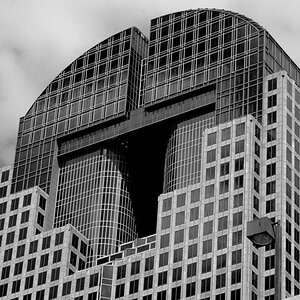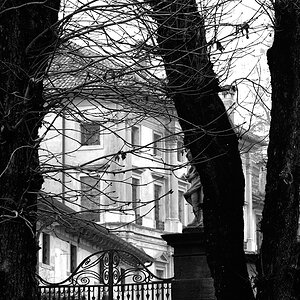nhodgkinson
TPF Noob!
I have been looking for manual lenses and have been reading reviews. When wide open most lenses are a little soft it seems. As I understand the aperture size varies from lens to lens so a 60mm and a 20mm at f2.8 would have different sized apertures. Dose the size of the aperture vary from lens to lens with the same model and focal length? So would the aperture at f2.8 on the Zeiss C/Y 35mmf1.4 and the 35mmf2.8 be different sizes also?
I ask because I do not really shoot below f2.8 so I would not buy the fast lens I would save the money and buy the slower one. I always presumed that similar focal length lenses in the same range and make would perform roughly the same at f2.8 no matter how fast or slow they are but if the design of the lens is so different then there would be a value in the faster lens not because they can open right up but because they will perform better through out all the faster end of the stops. So the 35mm1.4 would be soft wide open, at f1.4, but sharpen up at f2.8 so it performed better than the 35mm2.8 wide open at f2.8.
I know this is a little bit of a confused question and I'm sure lenses vary from model to model and some stand out as great performers compared to there close focal family for many different reasons but I'm asking just in a general way about faster and slower lenses. Any clarification or advice welcome.
I ask because I do not really shoot below f2.8 so I would not buy the fast lens I would save the money and buy the slower one. I always presumed that similar focal length lenses in the same range and make would perform roughly the same at f2.8 no matter how fast or slow they are but if the design of the lens is so different then there would be a value in the faster lens not because they can open right up but because they will perform better through out all the faster end of the stops. So the 35mm1.4 would be soft wide open, at f1.4, but sharpen up at f2.8 so it performed better than the 35mm2.8 wide open at f2.8.
I know this is a little bit of a confused question and I'm sure lenses vary from model to model and some stand out as great performers compared to there close focal family for many different reasons but I'm asking just in a general way about faster and slower lenses. Any clarification or advice welcome.


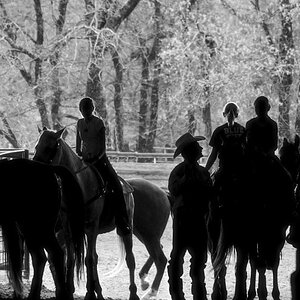
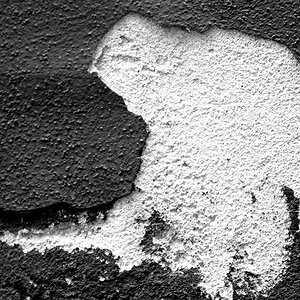
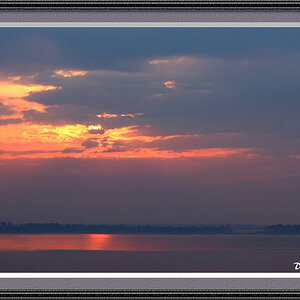

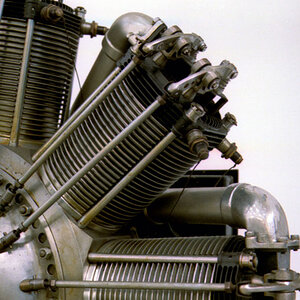
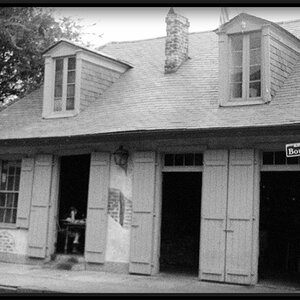
![[No title]](/data/xfmg/thumbnail/37/37106-bbbc8e30f409f82c56bead43c7565d5a.jpg?1619737882)
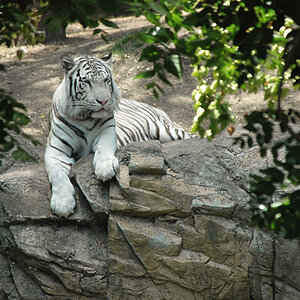
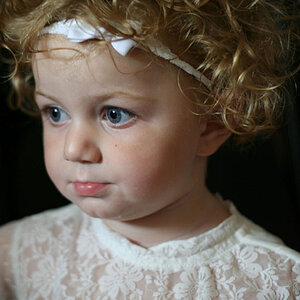
![[No title]](/data/xfmg/thumbnail/37/37107-df85b207aa6d9b7f6b88f682e493a52e.jpg?1619737882)
